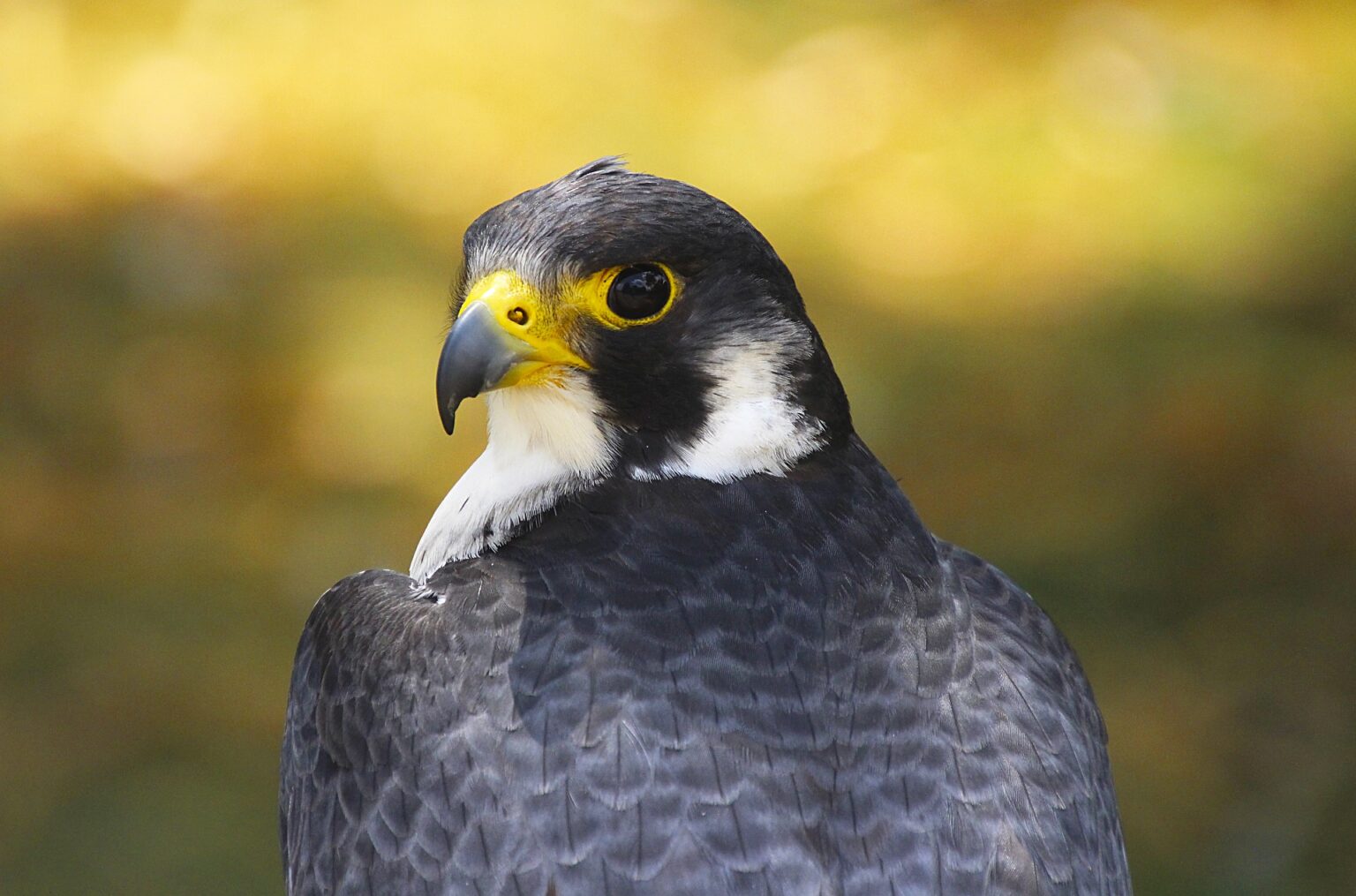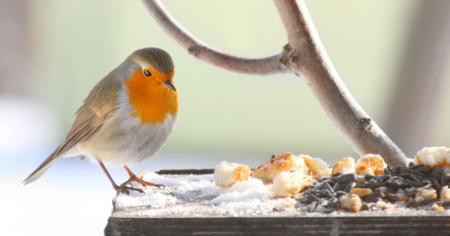In the world of birds of prey, the Falcon vs Hawk stand out as formidable hunters, each with unique characteristics and hunting strategies. Falcons and Hawks belong to the same family, known as raptors, but they have distinct features that set them apart.
Falcons, including the iconic Peregrine Falcon and the American Kestrel, are renowned for their incredible speed and agility in the air, capable of reaching over 200 miles per hour during a dive.
On the other hand, Hawks, such as the Red-tailed Hawk and the Sharp-shinned Hawk, are known for their keen eyesight and powerful talons, which they use to capture their prey. While Falcons have pointed beaks designed for tearing into their meals, Hawks possess hooked beaks ideal for gripping and ripping apart their prey.
Falcons have longer wingspans than Hawks, allowing them to soar effortlessly across vast distances. In this article, we will delve into the differences between Falcons and Hawks, exploring their habitats, behaviors, and unique adaptations that make them fascinating birds of prey.
Are falcons in the hawk family?

Falcons are indeed a part of the hawk family, known scientifically as Accipitridae. They belong to the genus Falco, which includes various species of these magnificent birds. While both falcons and hawks share similarities, notable differences set them apart.
When comparing falcons to hawks, one noticeable distinction is their size. Falcons tend to be smaller than hawks, but what they lack in size, they make up for in agility and speed. Another distinguishing feature is their long tails, which help stabilize their flight during high-speed pursuits.
Falcons are known for their swift, direct flight, while hawks often utilize soaring and circling motions to hunt for prey. Their hunting preferences can differ, with falcons specializing in catching smaller birds mid-flight, whereas hawks may target a wider variety of prey, including mammals and reptiles.
while both falcons and hawks belong to the same family, there are distinct differences in size, flight characteristics, and hunting behavior.
Can a Falcon defeat a hawk?

Falcons, known for their slender wings and swift aerial maneuvers, are often hailed as the fastest birds in the world. With speeds reaching up to 200 miles per hour in a stoop, these agile predators excel in high-speed pursuits, making them formidable hunters.
On the other hand, hawks possess broader wings and tend to flap them more regularly during flight. While they may not match the falcon’s top speed, hawks are skilled hunters in their own right, using their keen eyesight and soaring abilities to hunt prey.
While it’s difficult to predict the outcome of a confrontation between these two birds factors such as size, speed, and hunting techniques can influence the outcome of the battle.
The question of whether a Falcon can defeat a Hawk in a fight is not easily answered. Both birds possess unique abilities and adaptations that make them formidable predators in their own right.
The battle between a falcon and a hawk is a fascinating clash of speed, agility, and strategy. While both birds are formidable hunters in their own right, the outcome of their encounters depends on many factors including their environment, prey, and individual strengths.
Is A falcon stronger than a Hawk?
Falcons and hawks are both birds of prey, belonging to different families and exhibiting unique characteristics. Falcons, known for their remarkable speed and agility, are smaller than hawks. On the other hand, hawks are larger birds, often recognized for their broad wingspan and keen eyesight.
When it comes to strength, comparing a falcon and a hawk is not straightforward. Each species employs different flying styles and hunting techniques suited to their environments and prey. Such as the Peregrine falcon, is renowned for their incredible speed, reaching up to 60 miles per hour in horizontal flight.
On the other hand, hawks utilize their keen eyesight and powerful talons to hunt. While they may not match the falcon’s speed, hawks are skilled hunters capable of reaching speeds up to 40 miles per hour during flight.
In terms of danger, both falcons and hawks can be formidable predators. However, the perception of danger can vary depending on various factors such as prey size, hunting techniques, and habitat.
Difference Between Falcon and Hawk
Two majestic birds soar with grace and power in the vast expanse of the skies: the falcon and the hawk. While they might seem similar at first glance, a closer look reveals fascinating differences that set them apart.
So here are some differences between a falcon and a hawk:
1. Physical Appearance:
- Falcon: Falcons are built for speed, with long tails that aid in maneuverability during high-speed pursuits.
- Hawk: Hawks often have broader wings and shorter tails. Their build is more robust, and suited for soaring and gliding over open landscapes.
2. Hunting Techniques:
- Falcon: Falcons are renowned for their incredible speed and agility in flight. They are masters of the aerial hunt, employing breathtaking stoops or dives to catch their prey mid-air.
- Hawk: While hawks are also skilled hunters, they typically employ a different strategy. They are adept at perching and patiently scanning their surroundings for small mammals like mice, squirrels, and rabbits. Once spotted, hawks swiftly swoop down to capture their prey with powerful talons.
3. Behavior and Habitat:
- Falcon: Falcons are often associated with open landscapes such as deserts, grasslands, and coastal cliffs. They are highly adaptable birds, capable of thriving in a variety of environments. Some falcons, like the Peregrine Falcon, are known for their cosmopolitan nature, inhabiting urban areas with skyscrapers that mimic their natural cliffside habitats.
- Hawk: Hawks, on the other hand, are commonly found in wooded areas, forests, and suburban regions. They prefer habitats with ample tree cover, providing them with perches for hunting and nesting. Unlike falcons, hawks are less likely to venture into densely populated urban areas.
4. Social Structure:
- Falcon: Falcons are generally solitary birds, preferring to hunt and nest alone or in monogamous pairs. They fiercely defend their territory against intruders, especially during the breeding season.
- Hawk: Hawks exhibit more varied social structures. While some species are solitary, others form loose colonies or migrate in flocks during certain times of the year. They may also engage in cooperative hunting behaviors, particularly among family groups.
5. Voice and Communication:
- Falcon: Falcons are not particularly vocal birds. They communicate primarily through visual displays, such as aerial acrobatics during courtship or aggressive posturing to assert dominance.
- Hawk: Hawks are known for their distinctive calls, which vary widely between species. Their vocalizations serve various purposes, including territory defense, mate attraction, and communication within family groups.
6. Flight Patterns:
- Falcons: Characterized by swift and dynamic flight patterns, falcons excel in acrobatic maneuvers such as sharp turns and sudden dives. They are built for speed and are capable of reaching astonishing velocities during pursuit.
- Hawks: While hawks are also skilled fliers, their flight tends to be more methodical and less reliant on sheer speed. They often soar gracefully on thermal updrafts, conserving energy while searching for prey.
7. Size:
- Falcon: Falcons, like the Peregrine falcon, are typically smaller and sleeker, with long, pointed wings.
- Hawk: Hawks tend to be larger and have broader wings, suited for soaring and gliding.
8. Speed:
- Falcon: Falcons are renowned for their incredible speed. They are among the fastest birds in the world, capable of reaching speeds over 200 miles per hour when diving to catch prey.
- Hawk: Hawks are also proficient flyers but rely more on strategy and stealth than sheer speed when hunting.
Conclusion
While both falcons and hawks share similarities in appearance and hunting prowess, they each possess unique characteristics that set them apart. With their streamlined bodies and incredible speed, Falcons are the ultimate aerial hunters, capable of chasing down prey with astonishing agility.
On the other hand, hawks exhibit diverse hunting techniques, from stealthy ambushes to soaring displays of strength and precision. Despite their differences, falcons and hawks play vital roles in maintaining ecological balance.
As apex predators, they help regulate populations of smaller animals, ensuring the health of the ecosystems they inhabit. Whether it’s the breathtaking stoop of a peregrine falcon or the majestic glide of a red-tailed hawk, these birds of prey inspire awe and admiration in all who observe them.








